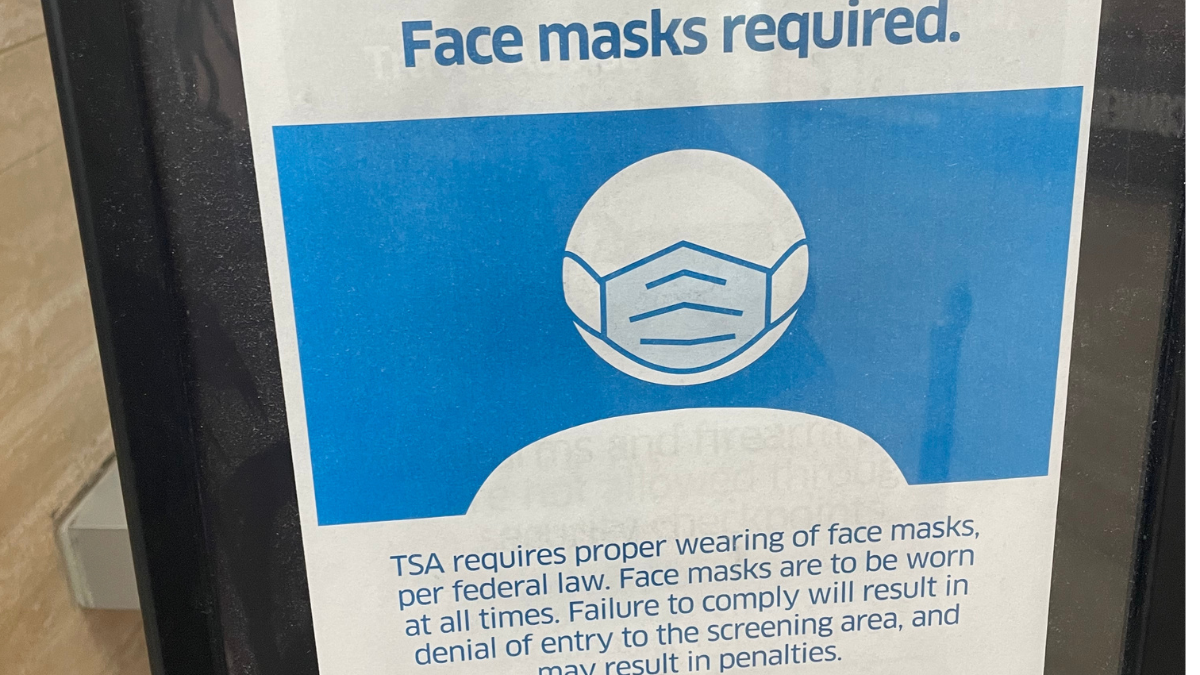As states around the country are working to distribute and administer doses of the Pfizer and Moderna COVID-19 vaccines, some governors are handling the responsibility better than others.
While states such as West Virginia, North Dakota, and South Dakota top the charts for administering vaccines, ranking above a rate of 2,700 vaccinations per 100,000 people, other states such as California and New York are dragging their feet on implementation, administering vaccines to just over 1,000 people per 100,000 in the states’ populations.
In West Virginia, Republican Gov. Jim Justice emphasized the importance of vaccinating the elderly and those in long-term care facilities, enrolling the assistance of local pharmacies to begin administering doses “before a lot of states get started.”
“Our great National Guard and all of our health officials came up with an idea to basically recruit all the local pharmacies,” Justice said.
This prioritization within the vaccine rollout plan pushed the state to move on right at the turn of the New Year to vaccinating those in the general population who are over 80 years old. According to Justice, the state is working overtime to ensure the vaccine is distributed to everyone who needs it.
“We cannot do more than what we have,” Justice said. “But we can get them out fast and get them to the people that need them the most and absolutely cry to the mountaintops to get more, to get more. The faster we get them out, the more we cry, and the more we get here.”
As of Monday in New York, however, vaccines were overwhelmingly limited to being administered during business hours, with large drops in administered vaccinations over weekends and holidays. On Christmas Day, only 180 people in the entire state of New York received a dose of the COVID-19 vaccine. On New Year’s Day, only 135 people in the state were vaccinated.
Vaccination in New York City is basically only occurring during regular business hours. Very little on weekends. Almost none on holidays.
We are in a war-like situation. We need to be vaccinating TWENTY FOUR-SEVEN. We are losing precious time. pic.twitter.com/BpOpCRHVby
— Mark D. Levine (@MarkLevineNYC) January 3, 2021
Another hangup in New York’s vaccine implementation plan is Gov. Andrew Cuomo’s decision to increase penalties on health care providers who disregard the state’s COVID-19 vaccine prioritization schedule, which includes vaccinating drug addicts before senior citizens.
California Gov. Gavin Newsom announced a similar policy in his state, claiming that “if you skip the line or you intend to skip the line, you will be sanctioned, you will lose your license.” Newsom added, “You will not only lose your license, we will be very aggressive in terms of highlighting the reputational impacts as well.”
These rules, however, have put health care providers all across the state in a difficult position when left with extra doses of the vaccine, which require refrigeration. Some doctors and health care workers are being forced to choose between giving the vaccine to anyone who is readily available to receive it but might not be at the front of the line and throwing it away due to poor planning.
Despite the severe lag in New York and California’s ability to vaccinate a large number of people promptly, a feat other states have proved successful in implementing, both Cuomo and Newsom have attempted to reframe their states’ poor performance with praise.
While he previously opposed a vaccine created and distributed under the Trump administration, Cuomo has now bragged about the Empire State’s rollout plan multiple times, claiming the vaccine is the “weapon that’s going to win the war.”
“That we’ve already administered 300,000 doses is extraordinary,” Newsom said, acknowledging that California “may have overpromised a little bit in the short run about the availability and the distribution of the vaccine.”
Other governors are under fire for an underwhelming vaccine rollout record, such as Republican Gov. Larry Hogan in Maryland, a state that recently ranked at the bottom of the country for vaccine distribution.









